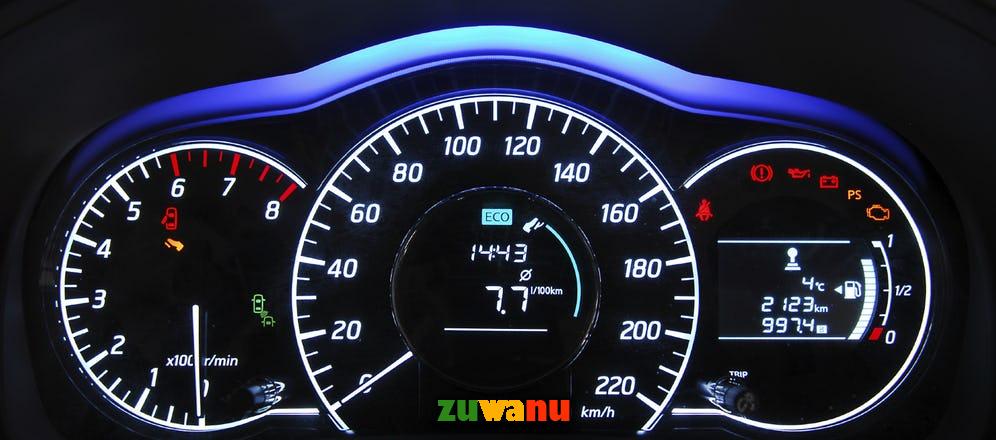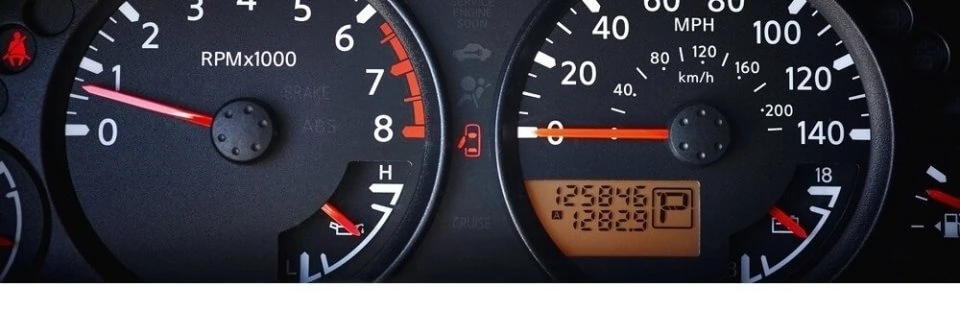Understanding Car Mileage: Everything You Need to Know Calculation, and Impact

Introduction: Mileage of a car
When it comes to evaluating the performance and value of a car, one of the key metrics considered is its mileage. Mileage, often expressed in miles per gallon (MPG) or kilometers per liter (KPL), reflects how far a car can travel on a specific amount of fuel. This article delves into what car mileage means, what constitutes good mileage, how mileage works, how to check and calculate it, and the pros and cons of both low and high mileage vehicles.
What Does Car Mileage Mean?
Car mileage, in its simplest terms, measures the distance a vehicle can travel per unit of fuel. It’s a crucial factor in assessing the efficiency, performance, and overall cost of ownership of a vehicle. Mileage can be categorized into two primary forms:
- Fuel Efficiency: This is the distance a car can travel per gallon of fuel (in the U.S.) or per liter (in many other countries). It is often represented as miles per gallon (MPG) or kilometers per liter (KPL).
- Odometer Reading: This measures the total distance a car has traveled over its lifetime. It is displayed on the car’s odometer and is often used to gauge the vehicle’s usage and potential wear and tear.
What is Good Mileage on a Car?
“Good mileage” can be subjective and varies depending on several factors, including the type of vehicle, its age, and its intended use. Here are some general guidelines:
- Fuel Efficiency:
- Compact Cars: Typically, good mileage for compact cars ranges between 25-35 MPG (10.6-14.8 KPL).
- Sedans: Good mileage for sedans is usually around 20-30 MPG (8.5-12.7 KPL).
- SUVs/Trucks: These larger vehicles generally have lower mileage, with good figures being around 15-25 MPG (6.4-10.6 KPL).
- Odometer Reading:
- For a used car, good mileage is often considered to be less than 12,000 miles (19,312 kilometers) per year. A five-year-old car with less than 60,000 miles (96,560 kilometers) is generally viewed as having good mileage.
- Cars with high mileage, over 100,000 miles (160,934 kilometers), may still be in good condition if well-maintained but may require more frequent maintenance.
How Does Mileage Work on a Car?
The concept of mileage encompasses how fuel is consumed by a vehicle’s engine to propel it over distances. Several factors affect a car’s mileage:
- Engine Efficiency: Modern engines are designed to maximize fuel combustion efficiency, translating to better mileage. Features like turbocharging and variable valve timing can improve efficiency.
- Aerodynamics: The design of the car affects air resistance. Vehicles with better aerodynamics encounter less drag, improving mileage.
- Weight: Lighter cars tend to have better mileage because less energy is required to move them.
- Driving Habits: Aggressive driving, such as rapid acceleration and braking, can reduce mileage. Conversely, smooth and consistent driving can improve it.
- Maintenance: Regular maintenance, including oil changes, tire inflation, and air filter replacement, can significantly impact a car’s mileage.

How to Check the Mileage of a Car
Checking a car’s mileage involves both fuel efficiency and the odometer reading. Here’s how to do it:
- Odometer Reading:
- Look at the car’s dashboard where the odometer is located. This digital or analog display shows the total miles or kilometers the vehicle has traveled.
- Fuel Efficiency:
- Method 1: Fuel Tank Fill-Up:
- Fill the gas tank completely and record the odometer reading.
- Drive the car for a set distance or until the tank is nearly empty.
- Refill the tank and note the number of gallons/liters it took to fill up.
- Calculate the mileage using the formula:Mileage (MPG or KPL)=Distance Driven (miles or kilometers)Amount of Fuel Used (gallons or liters)Mileage (MPG or KPL)=Amount of Fuel Used (gallons or liters)Distance Driven (miles or kilometers)
- Method 2: On-Board Computer: Many modern vehicles come equipped with an on-board computer that tracks fuel efficiency. Access this information through the car’s infotainment system or dashboard display.
- Method 1: Fuel Tank Fill-Up:
- Using Apps and Online Tools: There are various apps and online calculators where you can input your trip details and fuel usage to get an accurate measurement of your car’s mileage.
How to Calculate Car Mileage
Calculating car mileage can be straightforward with the right approach. Here’s a step-by-step method using the fill-up method:
- Initial Fill-Up:
- Fill the car’s gas tank to full capacity and reset the trip odometer to zero.
- Driving:
- Drive the car normally for a few days or until you need to refuel.
- Second Fill-Up:
- On your next visit to the gas station, note the number of gallons/liters it took to refill the tank.
- Record Distance:
- Check the trip odometer to see how many miles or kilometers you have driven since the last fill-up.
- Calculate Mileage:
- Use the formula:Mileage=Distance Driven (miles or kilometers)Fuel Refilled (gallons or liters)Mileage=Fuel Refilled (gallons or liters)Distance Driven (miles or kilometers)
For example, if you drove 300 miles and used 10 gallons of fuel, your mileage would be:
Mileage=300 miles10 gallons=30 MPGMileage=10 gallons300 miles=30 MPG
Pros and Cons of Low and High Mileages in a Vehicle
Low Mileage Vehicles
Pros:
- Less Wear and Tear: Fewer miles generally mean less wear on the engine, transmission, and other critical components.
- Higher Resale Value: Low mileage cars often fetch higher prices in the used car market.
- Better Condition: These cars are likely to have fewer cosmetic issues like dents and scratches.
Cons:
- Possible Neglect: Low mileage isn’t always a positive indicator. Cars that aren’t driven regularly can suffer from issues like dried-out seals, battery problems, and tire degradation.
- Higher Cost: The premium paid for low mileage vehicles might not always translate to better reliability if other factors like maintenance history are ignored.
High Mileage Vehicles
Pros:
- Cost-Effective: High mileage cars tend to be more affordable, offering great value if they are well-maintained.
- Evidence of Reliability: A high mileage vehicle that runs well can indicate robust build quality and good maintenance.
- Lower Depreciation: These cars have already undergone most of their depreciation, making them cheaper to own in the long run.
Cons:
- Increased Maintenance: High mileage cars are more likely to require repairs and parts replacement.
- Potential for Major Issues: Critical components like the engine and transmission may be closer to the end of their lifespan.
- Lower Resale Value: These vehicles may have little to no resale value.
Conclusion
Understanding car mileage is crucial for making informed decisions about buying, maintaining, and driving a vehicle. Good mileage varies depending on the type and age of the vehicle, but generally, higher fuel efficiency and moderate odometer readings are desirable. Regularly checking and calculating your car’s mileage can help optimize its performance and efficiency. Both low and high mileage vehicles have their own sets of advantages and disadvantages, and the best choice depends on individual needs, driving habits, and maintenance capabilities. By considering all these factors, car owners can maximize their vehicle’s lifespan and ensure they get the best value out of their automotive investment.

Leave a Comment